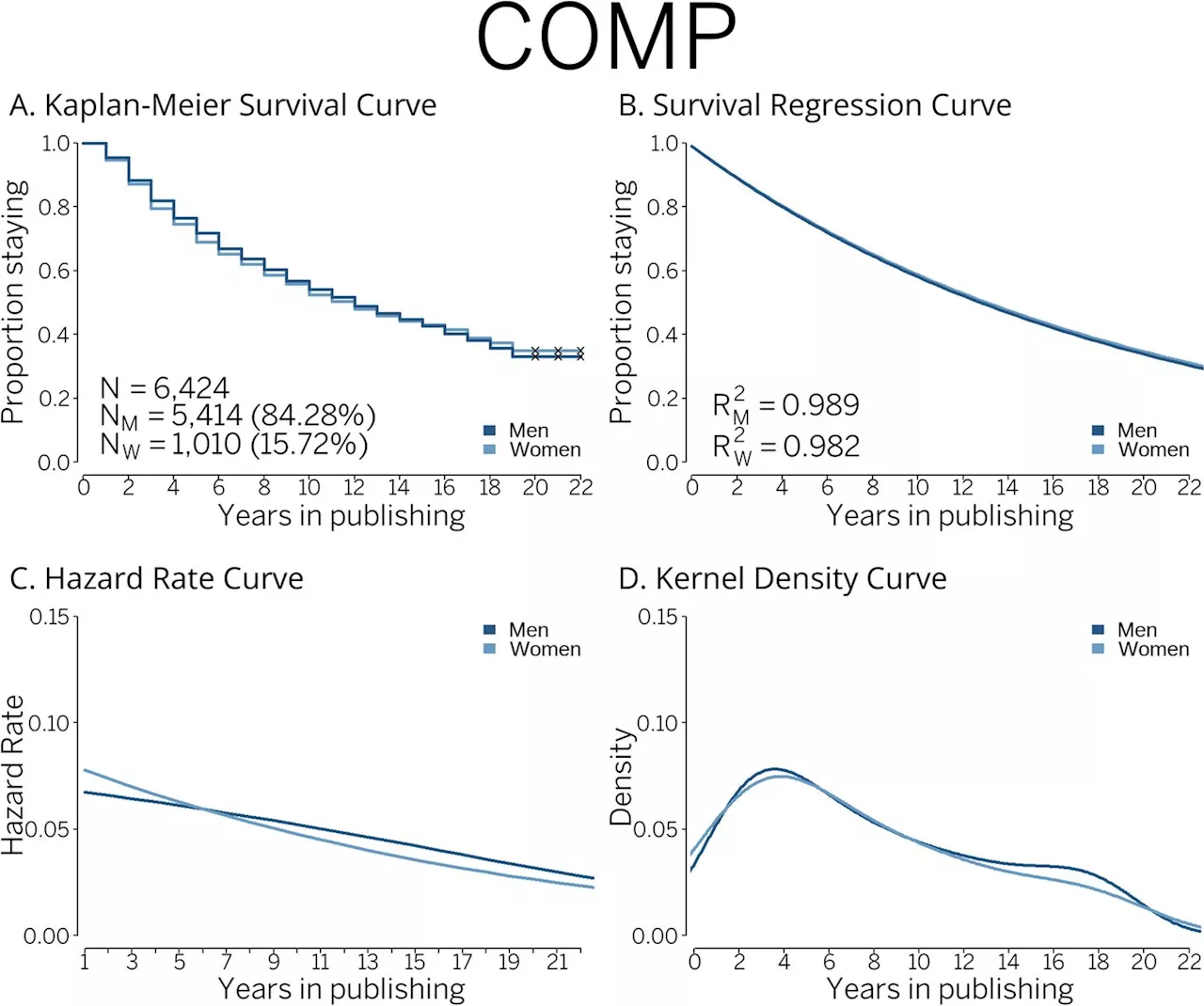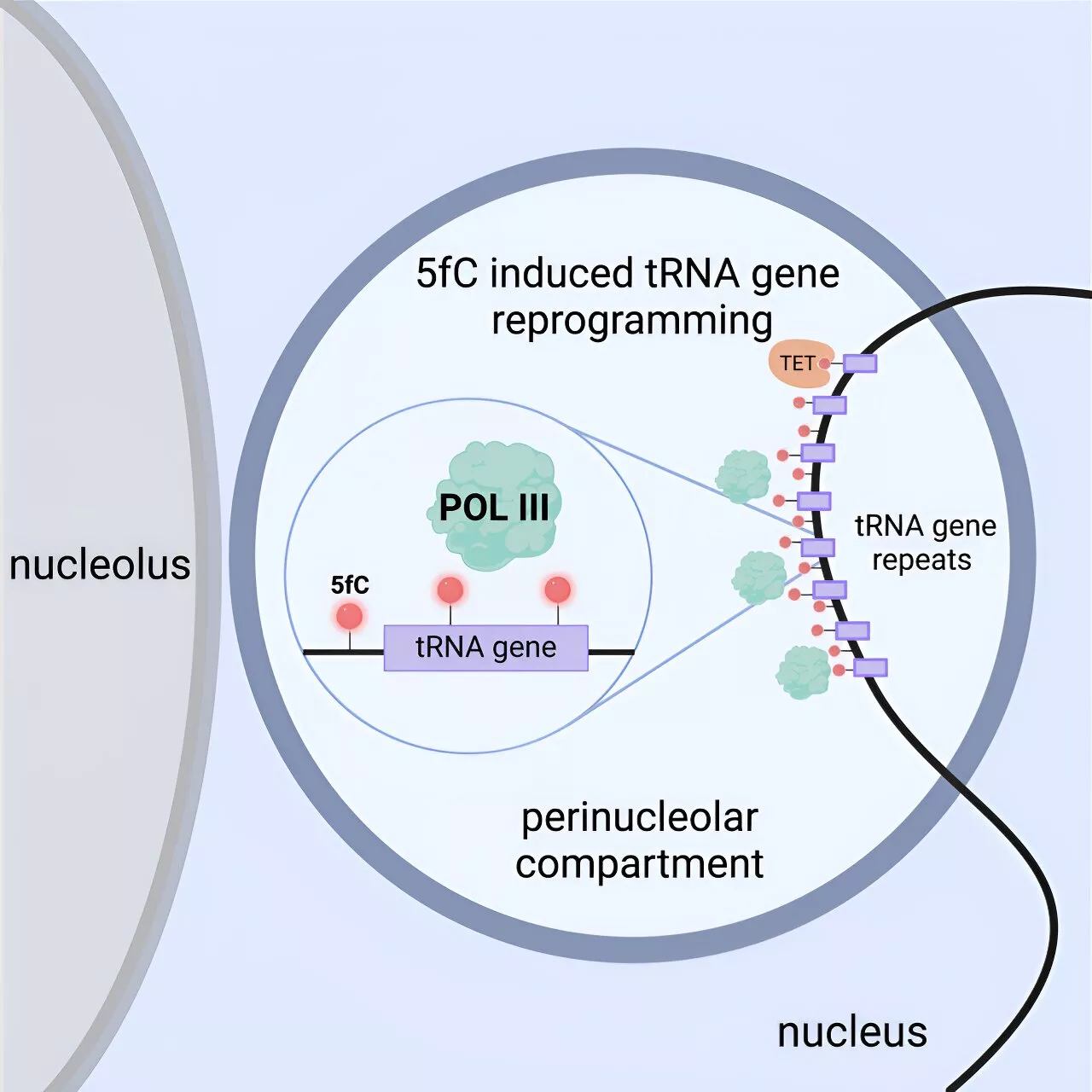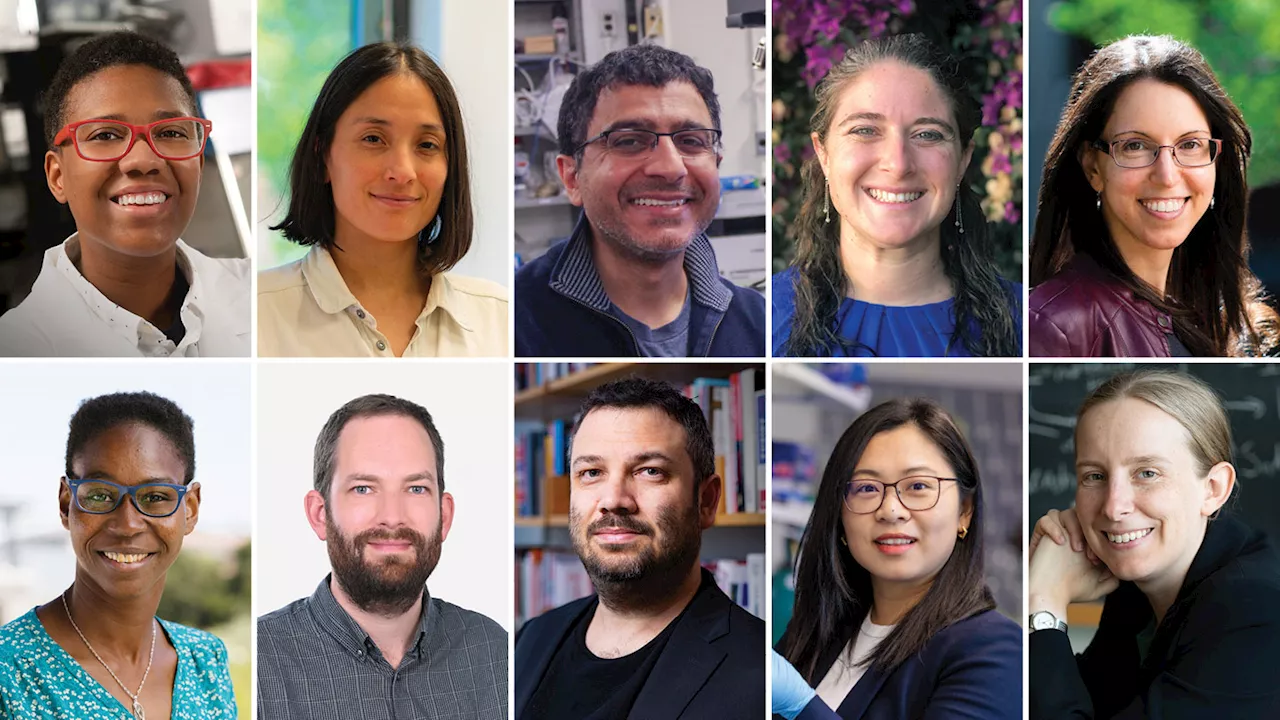Scientists have uncovered critical differences between how innate-like T cells mature in humans and mice. Early in life, most innate-like T cells in the human thymus aren't able to use all of their immune abilities. The discovery could point to better preclinical studies and, perhaps someday, a new form of immunotherapy.
Scientists have uncovered critical differences between how innate-like T cells mature in humans and mice. Early in life, most innate-like T cells in the human thymus aren't able to use all of their immune abilities. The discovery could point to better preclinical studies and, perhaps someday, a new form of immunotherapy.
The problem is that scientists still don't know much about how this unique type of T cell functions and develops in humans. Cold Spring Harbor Laboratory Assistant Professor Hannah Meyer and her collaborator at the University of Colorado Anschutz, Professor Laurent Gapin, set out to determine just that.
The team discovered that innate-like T cells mature differently in humans than in mice, and that age plays a critical role here. They found that early in life, most innate-like T cells in the human thymus aren't able to use all of their immune abilities. It's as if they have one hand tied behind their back. In adults' bloodstreams, however, it's a different story. There, innate-like T cells are on standby, ready to fight as soon as they receive their 'go' signal.
For now, Meyer and her team continue to dissect the complicated lives of immune system agents such as innate-like T cells. Their work may one day allow researchers to harness the power of both the innate and adaptive immune systems into a new, more formidable kind of immunotherapy.Liyen Loh, Salomé Carcy, Harsha S. Krovi, Joanne Domenico, Andrea Spengler, Yong Lin, Joshua Torres, Rishvanth K. Prabakar, William Palmer, Paul J. Norman, Matthew Stone, Tonya Brunetti, Hannah V.
Lymphoma Stem Cells Medical Topics Biology Mice Developmental Biology Behavioral Science
Canada Latest News, Canada Headlines
Similar News:You can also read news stories similar to this one that we have collected from other news sources.
 Disappearing scientists: Attrition and retention patterns of 2.1 million scientists in 38 OECD countriesResearch has been showing that women scientists continue to disappear from science at a significantly higher rate and in higher percentages than men. This is what social scientists have thought for decades—but this is no longer the case today, according to a study published in Higher Education.
Disappearing scientists: Attrition and retention patterns of 2.1 million scientists in 38 OECD countriesResearch has been showing that women scientists continue to disappear from science at a significantly higher rate and in higher percentages than men. This is what social scientists have thought for decades—but this is no longer the case today, according to a study published in Higher Education.
Read more »
 Scientists find new epigenetic switch, revealing how genes are regulated in early developmentThe team of Professor Christof Niehrs at the Institute of Molecular Biology (IMB) in Mainz, Germany, has discovered that a DNA modification called 5-formylcytosine (5fC) functions as an activating epigenetic switch that kick-starts genes in early embryonic development.
Scientists find new epigenetic switch, revealing how genes are regulated in early developmentThe team of Professor Christof Niehrs at the Institute of Molecular Biology (IMB) in Mainz, Germany, has discovered that a DNA modification called 5-formylcytosine (5fC) functions as an activating epigenetic switch that kick-starts genes in early embryonic development.
Read more »
 U.S. Department of Energy Awards $138 Million to 91 Early Career ScientistsClean Tech News & Views: EVs, Solar Energy, Batteries
U.S. Department of Energy Awards $138 Million to 91 Early Career ScientistsClean Tech News & Views: EVs, Solar Energy, Batteries
Read more »
 10 early-career scientists tackling some of the biggest problems of todayFor the ninth year, Science News honors researchers in its SN 10: Scientists to Watch list.
10 early-career scientists tackling some of the biggest problems of todayFor the ninth year, Science News honors researchers in its SN 10: Scientists to Watch list.
Read more »
 UK scientists use AI on 1.6 million brain scans to predict dementia earlyA robust collaboration in the UK has amassed over a million brain scans to develop better prevention tools using AI.
UK scientists use AI on 1.6 million brain scans to predict dementia earlyA robust collaboration in the UK has amassed over a million brain scans to develop better prevention tools using AI.
Read more »
 Early August Landslide in Kenai Fjords National Park triggers tsunami, scientists recommend caution in areaScientists and Kenai Fjords National Park are recommending people going to an area near Seward to be aware after they say a major rain event triggered an estimated 2.6 million cubic yards of land to fall and trigger a tsunami in Pedersen Lagoon.
Early August Landslide in Kenai Fjords National Park triggers tsunami, scientists recommend caution in areaScientists and Kenai Fjords National Park are recommending people going to an area near Seward to be aware after they say a major rain event triggered an estimated 2.6 million cubic yards of land to fall and trigger a tsunami in Pedersen Lagoon.
Read more »
